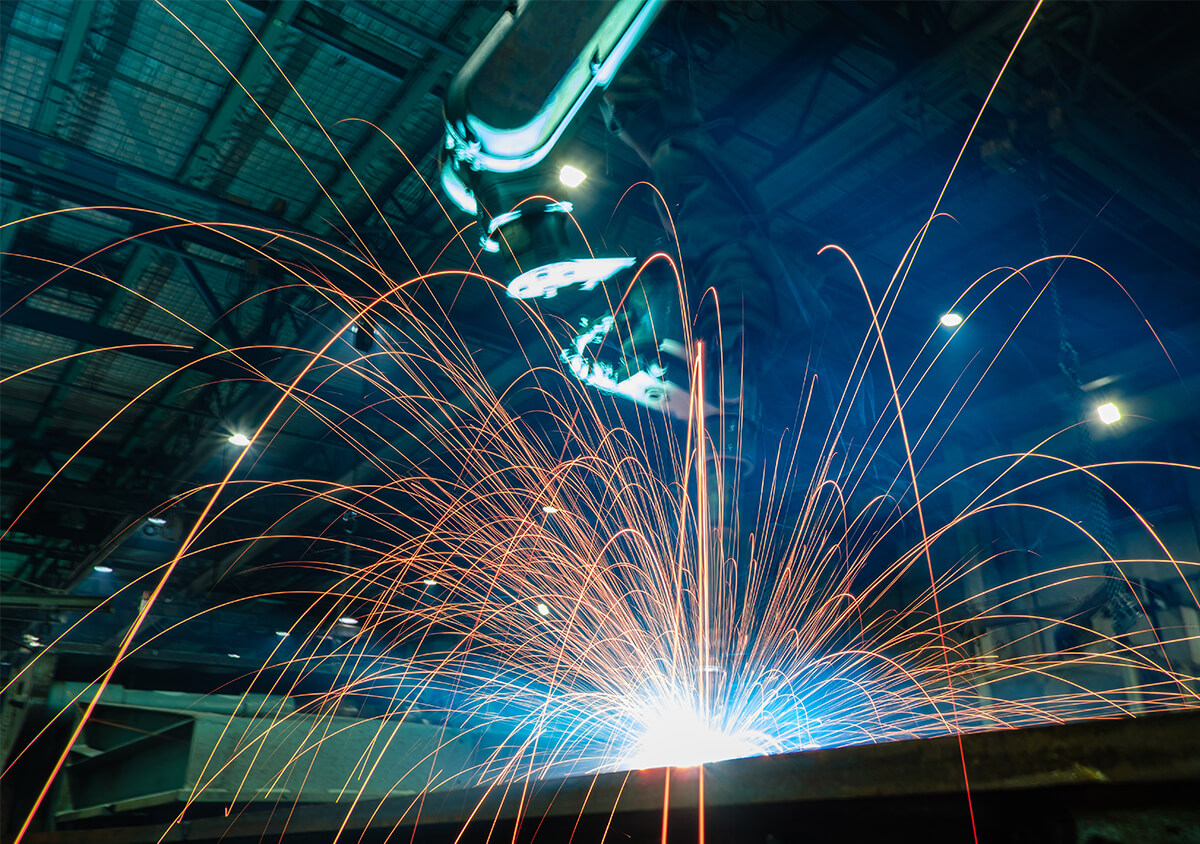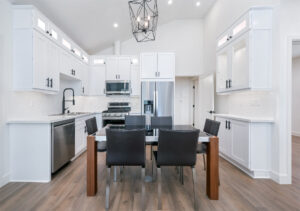It may have been unthinkable in the past that manufacturing and construction would actually come together. Both used to be distinct and separate from each other but with modern technologies and automation, the two industries have come together and are proving to be a game changer. The era of digital disruption has paved the way to create new breed of companies, challenging the traditional conventions and merging seemingly unrelated industries.
The manufacturing and construction industries are now closely linked, thanks to its professionals who continue to seek ways to improve their processes. The Architecture, Engineering and Construction industry (AEC) is on the prowl on finding efficient ways to bring their designs to life to build or for construction. With advances in technology, they even create new opportunities for distinct advantages in the market.
With convergence, architects, and the construction industry in general, are looking to manufacturing for inspiration in terms of streamlining their own systems. A great example is the manufacturing industry’s assembly line that is modular, repeatable, and precise. The construction industry is gaining insights in terms of standardizing processes that help manage and accelerate project timelines. Construction companies are now collaborating with manufacturers as they utilize pre-fabrication, smart models, 3D printing, modular systems, and many others. Meanwhile, the manufacturing industry is learning from the agility of the construction industry. Manufacturers now build flexible factories that can be restructured or re-engineered creating compact batches of valuable components for unique needs of various markets.
Greater Pacific Construction, which supports technological advancements in the construction industry, offers more insights on the benefits of construction and manufacturing convergence.
Efficient and safer construction practices
It’s no secret that the construction industry has had issues with physical danger to workers and waste of materials. A construction site is traditionally congested due to the presence of workers and materials sharing almost the same space. Builders who use manufacturing methods now have pre-fabricated components (a room, for example) that are delivered on site. The workers only need to install the assembled units. With convergence, the issues are addressed thereby allowing for a reduction in waste as well as create a safer construction sites.
Developing and Improving Skills
As continued learning and discovering happens with the application of new technologies and practices, the skill sets of professionals also improve and even cross boundaries. Architects are now able to build structures that function more like products and manufacturing designers have creations that look more like structures. In no time, making and building will become relatively consistent across industries and its professionals can move flexibly between fields, applying their skills and tools with them.
Disruptive technologies
With the onset of digitization, many processes in both manufacturing and construction have undeniably improved. Most of the modern technologies have created lean and smarter ways to build or produce. Take a look on some of these technologies.
- Generative design changes the way architects and designers create structures. Architects are able to see their designs in different scenarios and work on possible solutions to find the best options – all computer-generated. To illustrate, an architect is able to combine blueprints with external factors like environmental noise, light or traffic flow and then see what works best for their building project.
- 3D printing makes it possible to build faster and safer. The use of 3D printing technology is gaining popularity from using it to print molds for precast concrete to actual buildings. A good example is Dubai in the United Arab Emirates where 3D printed buildings exist.
Robotics helps construction companies to automate some of its tasks thereby providing safer and accurate work process, save on labor costs, and reduce waste. For example, robots can weld connectors to beams and columns. - The use of virtual reality (VR) and augmented reality (AR) is common among manufacturers for customer presentation or review. Architects also benefit from using VR and AR as they move from physical to virtual processes, switching from manually drawn plans to 3D mock ups and simulations (interactive changing of finishing or colors, for example).
In Orange County, Greater Pacific Construction ensures the use of both traditional and modern practices to provide best outcomes for our clients.
With particular designs and requirements you need for your commercial space, finding the right contractor is a must. An experienced general contractor in Orange County can do these improvements within the agreed time frame, with the least discomfort or inconvenience to your operations.
Greater Pacific Construction in Orange County is of great reputation and experienced general contractors. Currently, they have quite impressive portfolio of commercial projects completed successfully and to the utmost satisfaction of their clients in Orange County.




